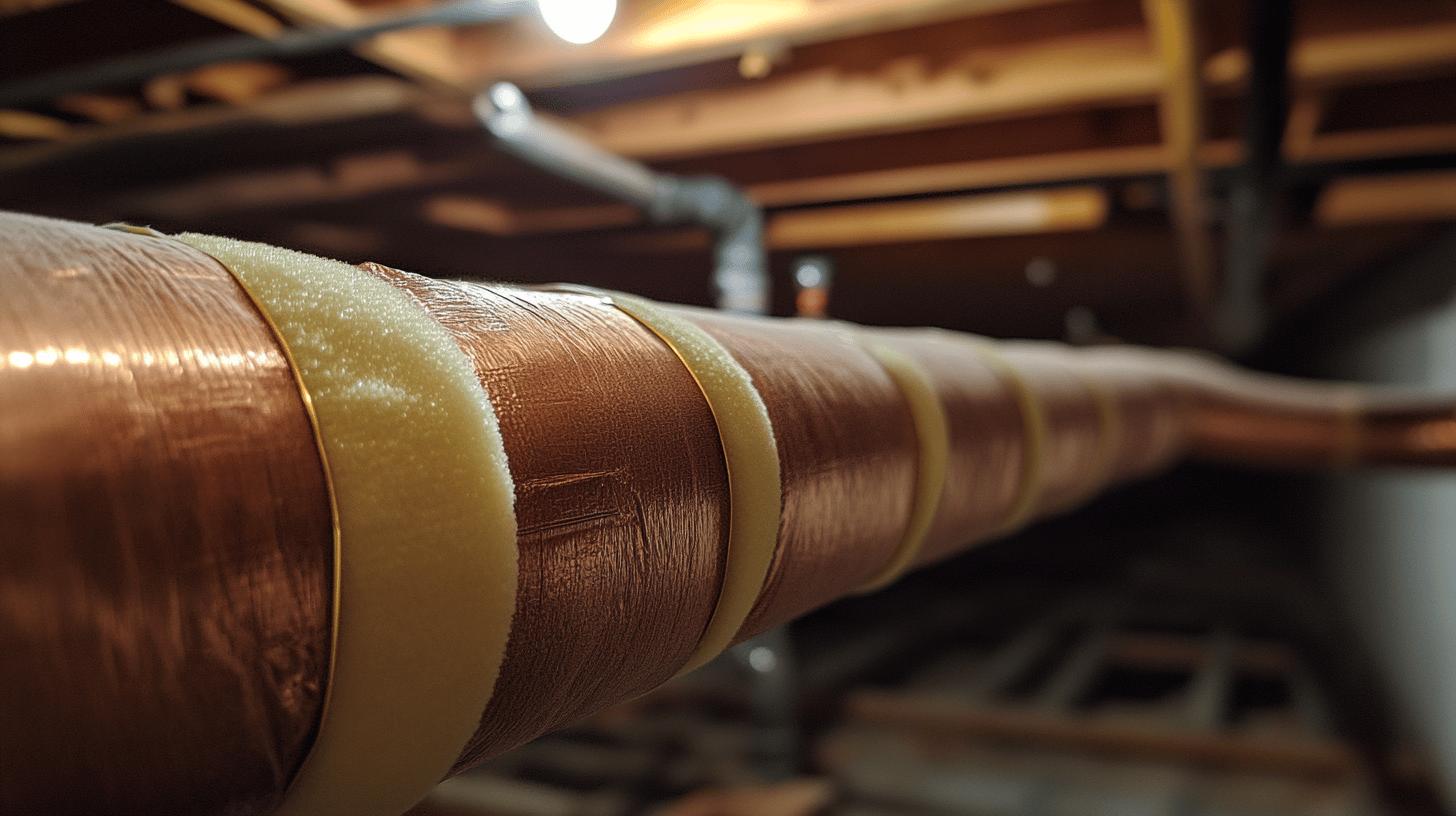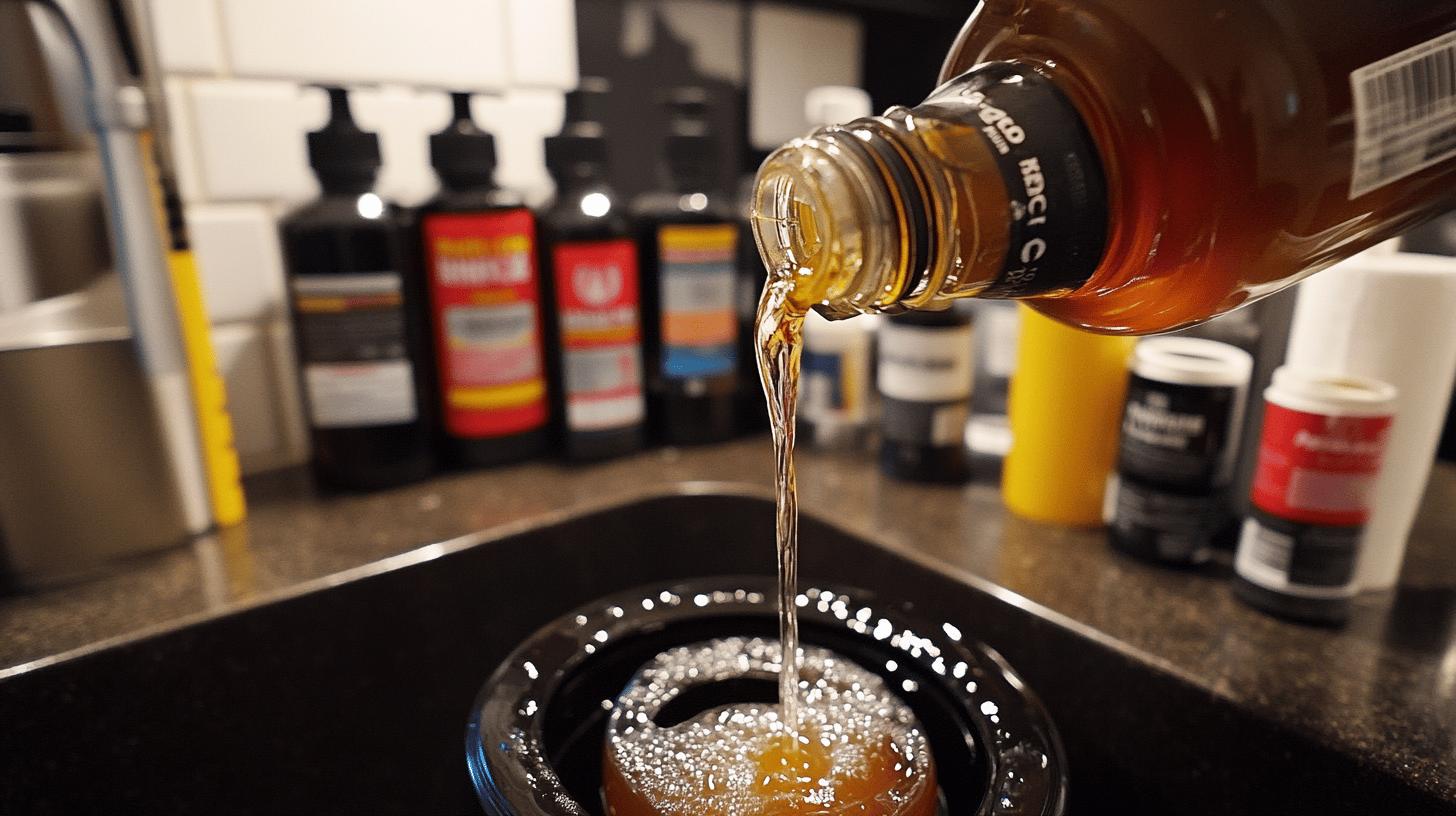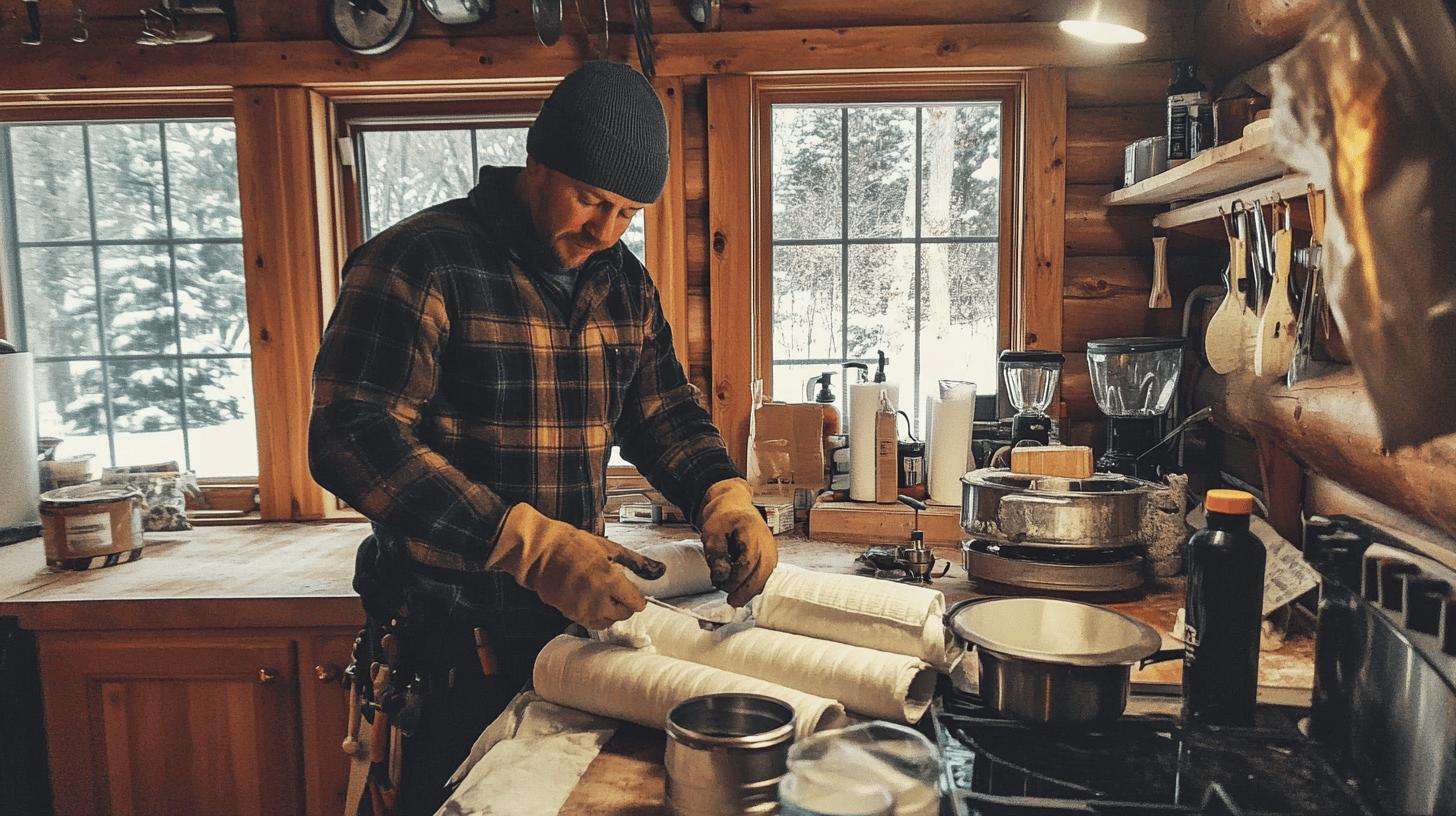TL;DR:
-
Winterizing cottage plumbing prevents frozen pipes and costly damage.
-
Steps to winterize:
- Cut power to water pump/hot water tank.
- Drain indoor plumbing.
- Use an air compressor to blow out water.
- Open taps until only air comes out.
- Add antifreeze to sinks, tubs, and toilets.
-
Tools needed: Wrench, air compressor, blowout plug, air/water hoses, water system antifreeze.
-
Professional services: Reduce winter damage risks with expert help, ensuring the job is done right with clear pricing.
-
Preventive measures: Insulate pipes, seal gaps, and regularly inspect plumbing systems to avoid freezing.
-
Antifreeze keeps plumbing traps from freezing, effective down to -50°C.
Is your cottage plumbing ready for the winter freeze? Frozen pipes can cause expensive damage, but you can avoid this by preparing your plumbing for the cold months ahead. Winterizing your cottage isn’t just a precaution—it’s necessary to protect your property. Picture the peace of mind knowing your pipes are safe from freezing. Follow our simple guide to winterize your plumbing and ensure everything stays intact throughout the winter season.
Essential Steps to Winterize Cottage Plumbing
Winterizing your cottage plumbing is key to avoiding frozen pipes and costly water damage. Frozen pipes can burst, leading to major repair bills. To protect your plumbing, make sure to drain the pipes, shut off water supplies, and use antifreeze in traps. These steps will save you from headaches when you return to your cottage in spring.
Here’s how to winterize your plumbing: First, cut power to the water pump and hot water tank to avoid running them dry. Then, drain the entire indoor plumbing system. Use an air compressor to blow out any remaining water. Start at the tap farthest from the compressor, and open each faucet until only air comes out, then close it. Finally, add antifreeze to sinks, tubs, and toilets to prevent water in the traps from freezing. These steps will keep your cottage’s plumbing safe and sound through the winter.
- Cut power to the water pump and hot water tank.
- Drain indoor plumbing.
- Use an air compressor to blow out remaining water.
- Open each tap until only air comes out.
- Add antifreeze to sinks, tubs, and toilets.
Tools and Materials Needed for Winterizing Plumbing

To effectively winterize cottage plumbing, you’ll need specific tools and materials to minimize freezing damage.
- Wrench: Necessary for disconnecting and securing plumbing fixtures.
- Air Compressor: Removes residual water from the plumbing system.
- Blowout Plug: Connects the air compressor to the system for effective water removal.
- Air Hose: Ensures efficient air flow through pipes.
- Water Hose: Used to drain water from the water heater.
- Water System Antifreeze: Lowers the freezing point of remaining water in the system.
Having these supplies ready streamlines the winterization process, guarding your cottage plumbing against harsh winter conditions.
Professional Plumbing Services for Winterization
Hiring professionals to winterize your cottage plumbing offers peace of mind and expert handling of your plumbing system. Experienced plumbers reduce the risk of winter damage to your pipes, thanks to their technical knowledge and ability to tackle unique challenges. By trusting accredited services, you ensure the job is done correctly, avoiding costly repairs from burst pipes.
Professional services also provide clear pricing, so there are no surprise fees. Companies like Mr. Rooter Plumbing offer upfront flat-rate pricing, allowing you to plan your budget without worrying about overtime charges. With flexible scheduling options, the process is hassle-free. Choosing reliable professionals not only protects your plumbing but also saves you time, stress, and money in the long run.
Preventing Pipe Freezing and Burst

Preventing pipe freezing is essential because frozen pipes can crack or burst, causing significant water damage and costly repairs. Both PVC and copper pipes are vulnerable to freezing, especially in unheated spaces like cottages during winter. When water freezes inside pipes, it expands, creating pressure that can cause pipes to crack or burst. This can lead to leaks or even flooding, which can damage your property.
To keep pipes from freezing, insulation is key. Insulating pipes, especially in unheated areas, helps maintain a stable temperature and reduces the risk of freezing. Additionally, sealing gaps or cracks around windows, doors, and walls prevents cold air from reaching the pipes. Keeping a steady heat source in the cottage, even at a lower temperature, can also help protect your plumbing during colder months.
- Apply pipe insulation to exposed areas.
- Ensure pipes are properly sealed.
- Regularly check plumbing joints for issues.
Inspecting plumbing systems regularly is important because it helps identify and fix potential issues before they become major problems. Over time, seals can degrade, and insulation can wear out, increasing the risk of leaks or pipe damage. Routine inspections ensure your preventive measures, like insulation or pipe sealing, are still effective. This proactive approach protects both your plumbing system and your investment, preventing costly emergency repairs down the road.
Insulating and Protecting Water Lines
Insulating water lines is essential to prevent pipes from freezing during winter. When temperatures drop, unprotected pipes can freeze, expand, and burst, leading to costly water damage. Insulation helps maintain stable temperatures, protecting your plumbing and reducing the risk of damage.
There are several materials you can use for insulation. Foam pipe sleeves are easy to install and offer basic protection, keeping pipes from losing heat. Heat tape is another effective option, as it adds a heat source to pipes in high-risk areas, ensuring they stay above freezing. For irregularly shaped pipes, pipe wraps are a great choice, providing full coverage and protection against the cold.
| Insulation Material | Application |
|———————|——————————————————|
| Foam Pipe Sleeves | Easy to install; effective for basic insulation. |
| Heat Tape | Provides extra heat for high-risk areas. |
| Pipe Wraps | Versatile for irregularly shaped pipes. |
Using Antifreeze for Plumbing Systems

Using antifreeze for winterizing plumbing systems is important because it prevents freeze damage to areas like toilets, sinks, and traps, especially in unheated cottages. Antifreeze works by keeping trapped water from freezing, expanding, and causing cracks. It remains effective down to temperatures as low as -50°C, offering reliable protection during the harshest winter conditions. By using antifreeze, you safeguard the integrity of your plumbing, ensuring that even small amounts of residual water don’t cause costly damage. This simple step helps avoid major repair issues when you return to your property in the spring.
- Pour antifreeze into sink and tub drains.
- Use antifreeze in toilets and tanks.
- Follow the owner’s manual for dishwashers and washing machines.
Final Words
Winterizing your cottage plumbing is essential to avoid expensive damage from freezing pipes. Draining the water, cutting power, and adding antifreeze are key steps to keep your plumbing safe during the cold months. Having the right tools, like wrenches and air compressors, makes the process more efficient. Professional services offer additional benefits, such as expert knowledge and clear pricing, ensuring everything is done right.
Insulating your pipes and using antifreeze can also prevent freezing. By taking these precautions, you’re not only protecting your cottage but also ensuring peace of mind throughout winter, knowing your plumbing is safe from potential damage.
FAQ
How do you winterize a water system at a cottage?
Winterizing a water system involves draining water, turning off the supply, and using antifreeze. These steps help prevent pipes from freezing, reducing the risk of costly repairs.
What needs to be done to winterize a cottage?
To winterize a cottage, you need to cut power to the water pump, drain plumbing, use an air compressor to blow out water, open taps, and add antifreeze to sinks, tubs, and toilets.
How do you winterize indoor plumbing?
Winterizing indoor plumbing includes draining all water from pipes, using an air compressor to remove remaining water, and adding antifreeze to the drainage system to prevent freezing.
How much antifreeze is needed to winterize a cottage?
The amount of antifreeze depends on the size of your plumbing system. The general approach is to add antifreeze to each sink, tub, and toilet trap until adequately protected.
How to winterize a cottage with a well?
To winterize a cottage with a well, turn off the water supply, drain the system, and add antifreeze to prevent pipes from freezing. Consider professional assistance for complex systems.
How much does it cost to winterize a cabin?
The cost to winterize a cabin can vary widely based on the size and complexity of the plumbing system. DIY methods may cost less, but professional services provide reliability and peace of mind.
How to winterize a log cabin?
Winterizing a log cabin involves similar steps to a regular cottage: drain the plumbing, add antifreeze, and insulate pipes to protect against freezing temperatures. Use proper materials and tools.
How to winterize a camp?
Winterizing a camp requires draining water from the plumbing system, turning off the water supply, and adding antifreeze to prevent pipe freezing during the colder months.
How to winterize a cottage for year-round living?
For year-round living, insulate pipes, apply heat tape, and ensure a steady indoor temperature. These measures protect plumbing against winter conditions while keeping the cottage functional.
Winterizing cottage water pump
Winterizing a cottage water pump involves cutting its power and draining it completely. Ensure all remaining water is expelled using an air compressor to prevent freezing or damage.

